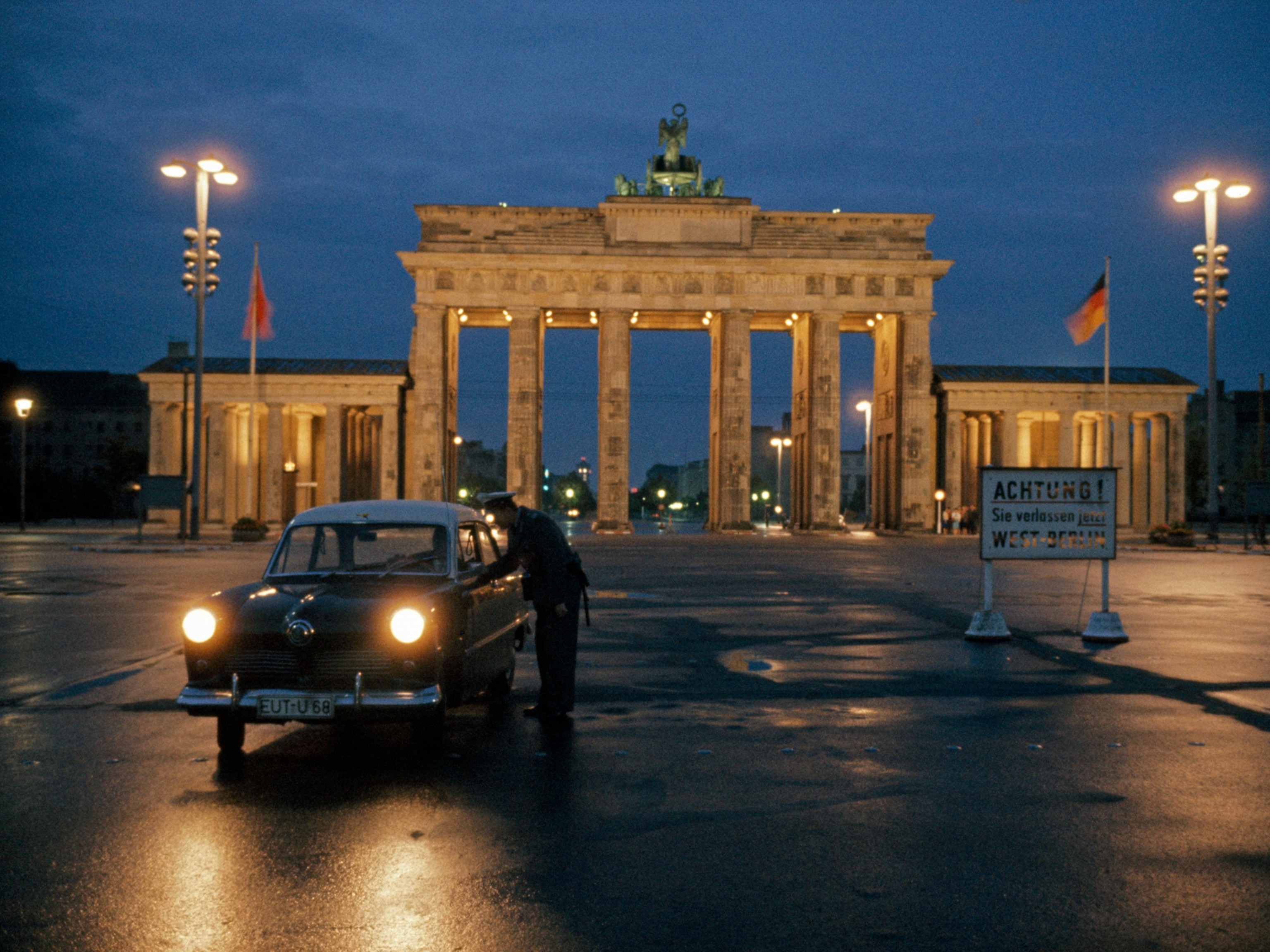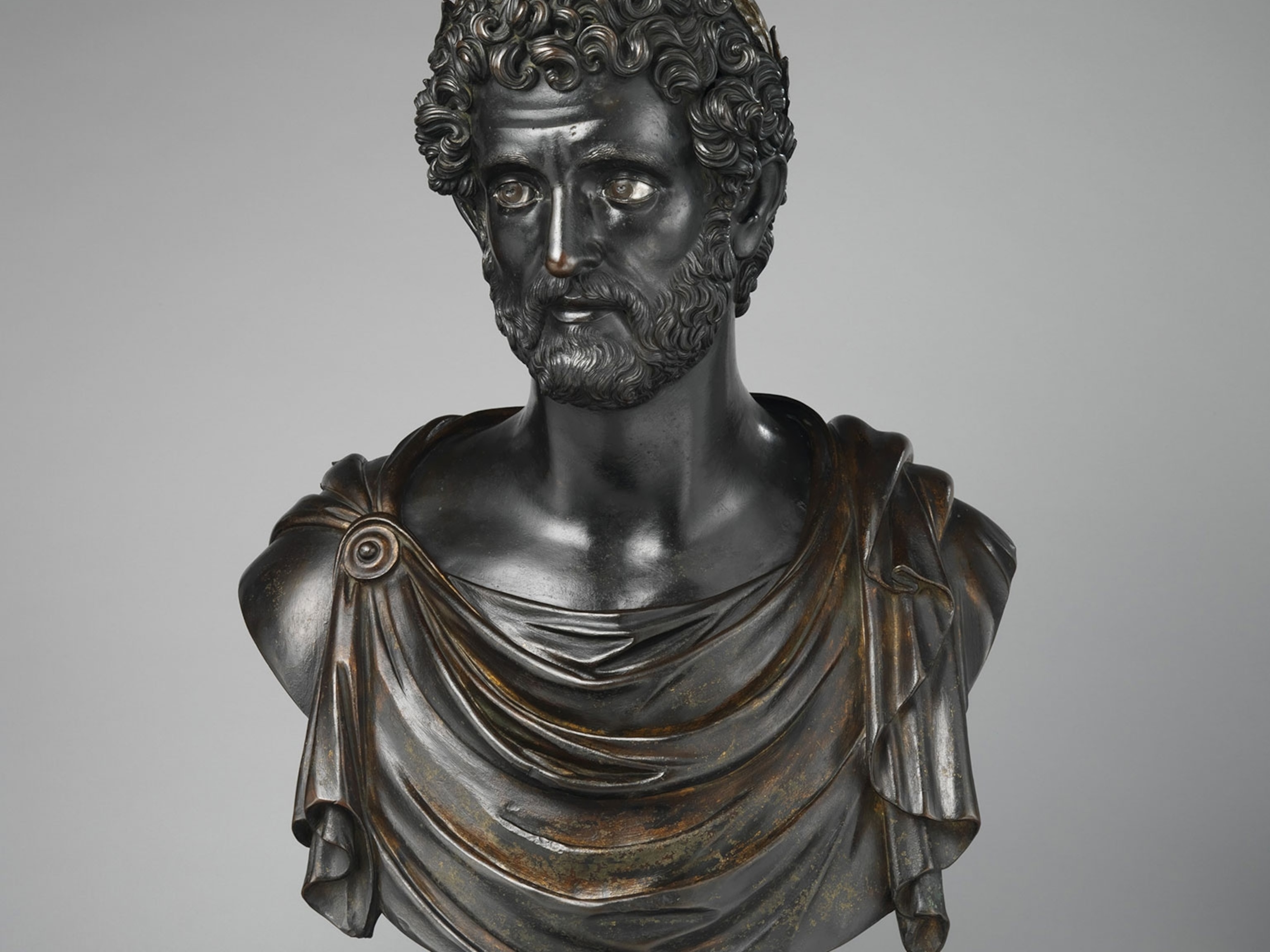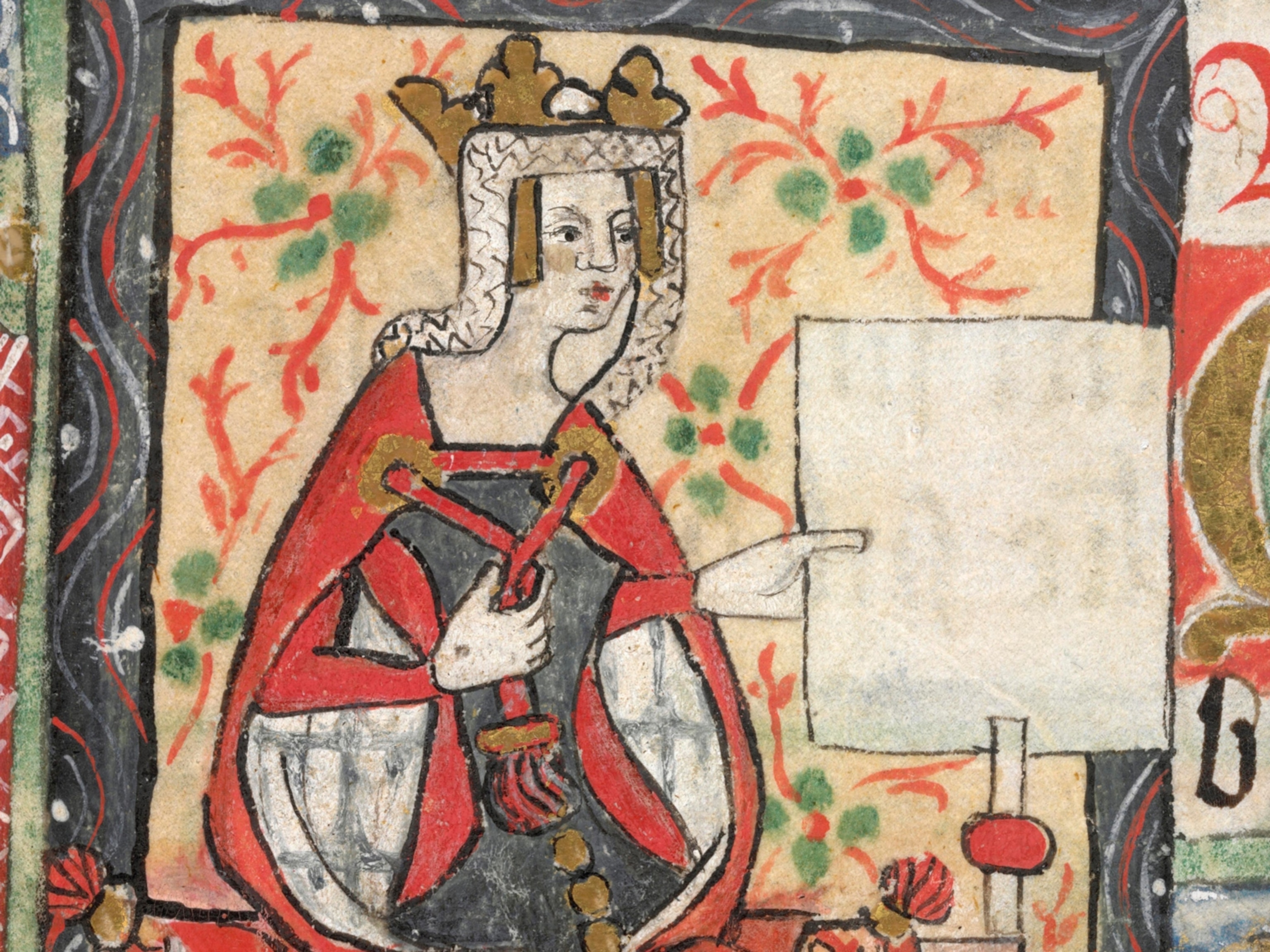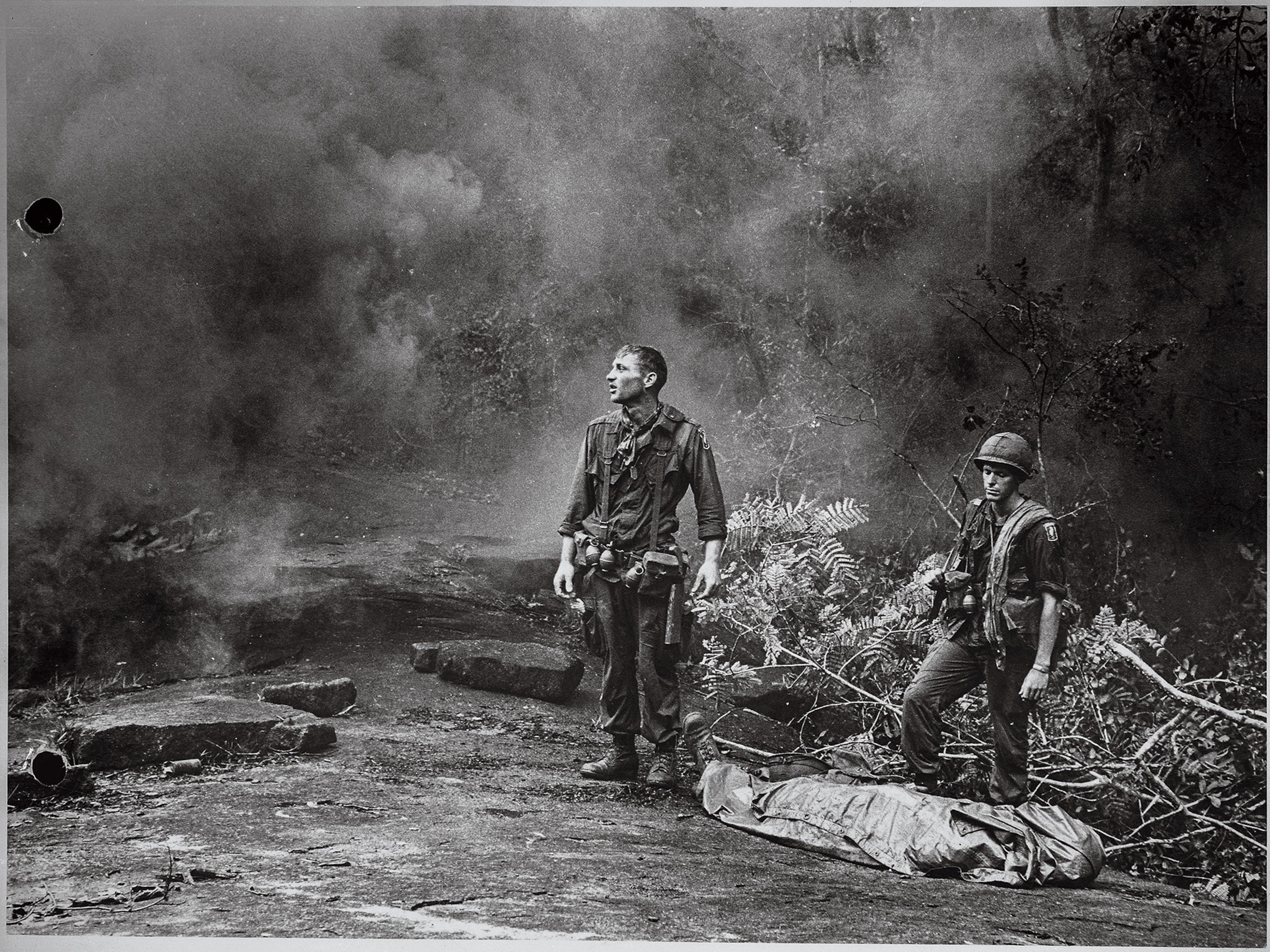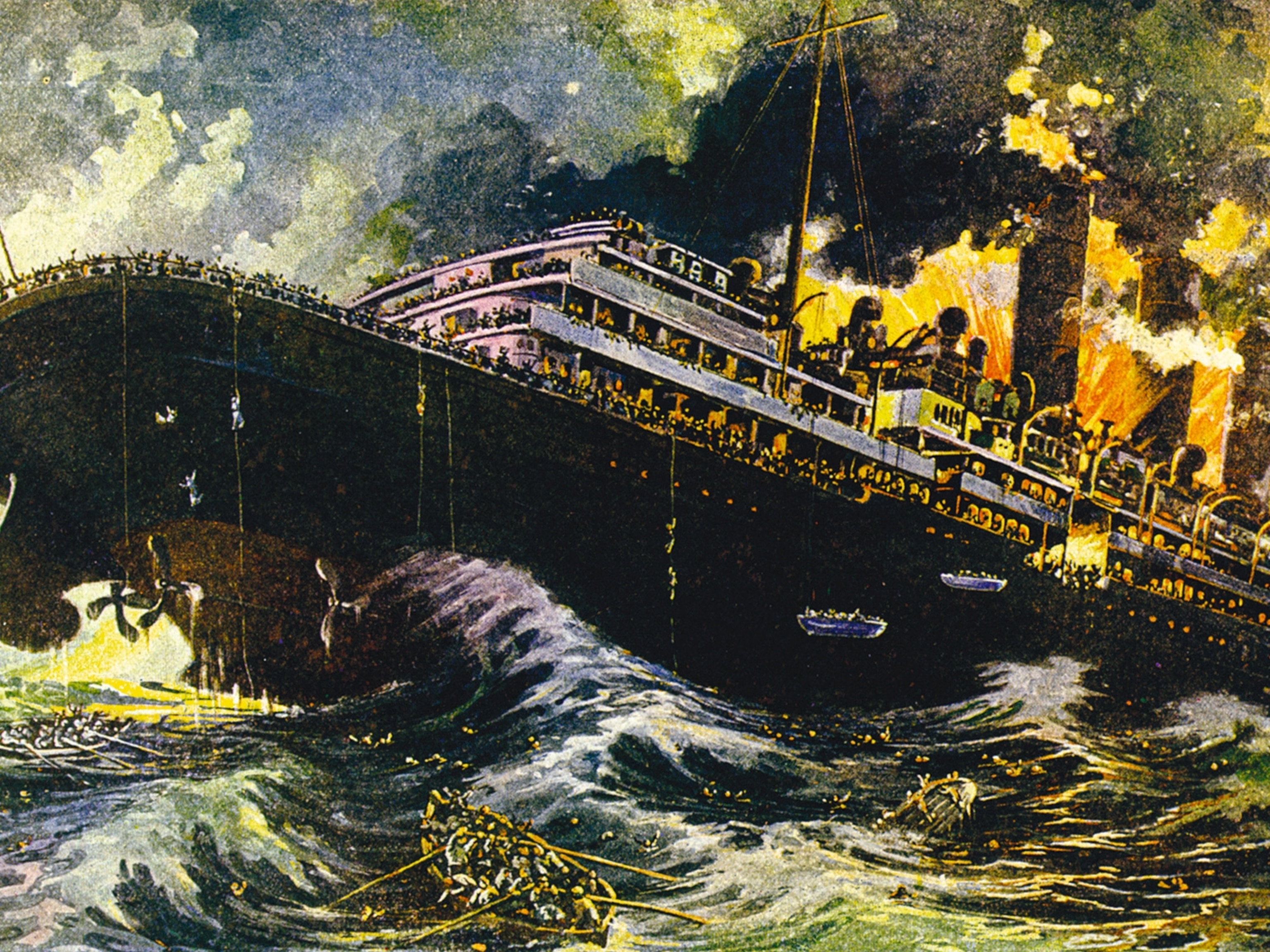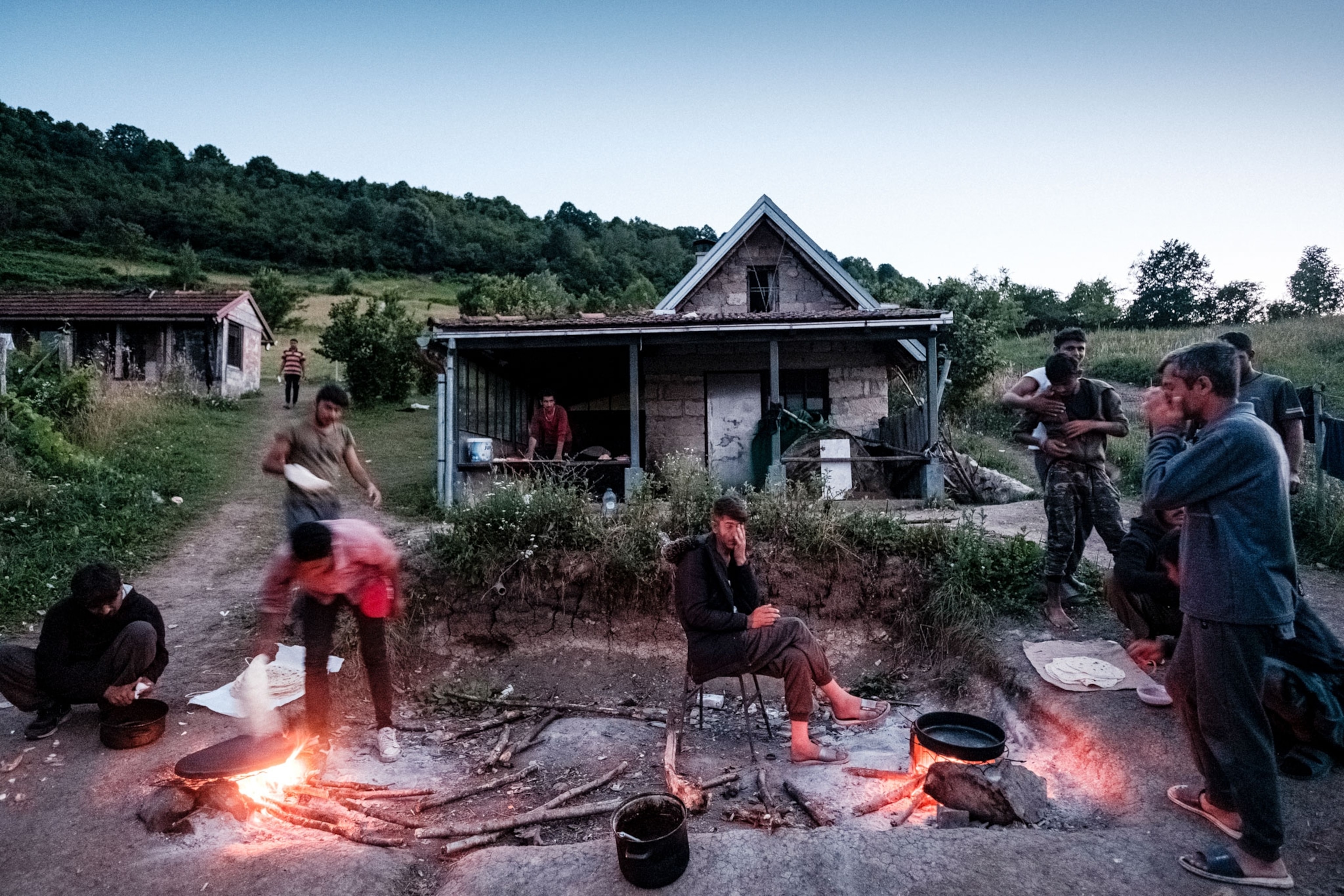
At the EU's doorstep, a war-scarred country pushes migrants to the fringes
In a journey known as "the game," thousands of migrants are facing treacherous conditions in Bosnia as they pursue asylum.
They call it “the game”—a dangerous and furtive attempt to traverse thousands of miles by foot, while evading police and criminals, and, eventually, crossing into western Europe.
Migrants began arriving to Europe by the thousands in 2015, on a trail carved from Greece through Serbia and into Hungary. But when Hungary cracked down on border enforcement, the route shifted west into Bosnia and Herzegovina in 2017. Its long and porous border with Croatia—where mountains and rivers inhibit strict enforcement—made Bosnia a key transit zone along the route. From there, migrants hoped to cross into Croatia, the lone European Union member country in the Balkans and an entry into western Europe.
“The game,” says photographer Ziyah Gafic, who has spent the past year documenting the migrant experience in his native Bosnia, “refers to this whole process of getting to a better life.”
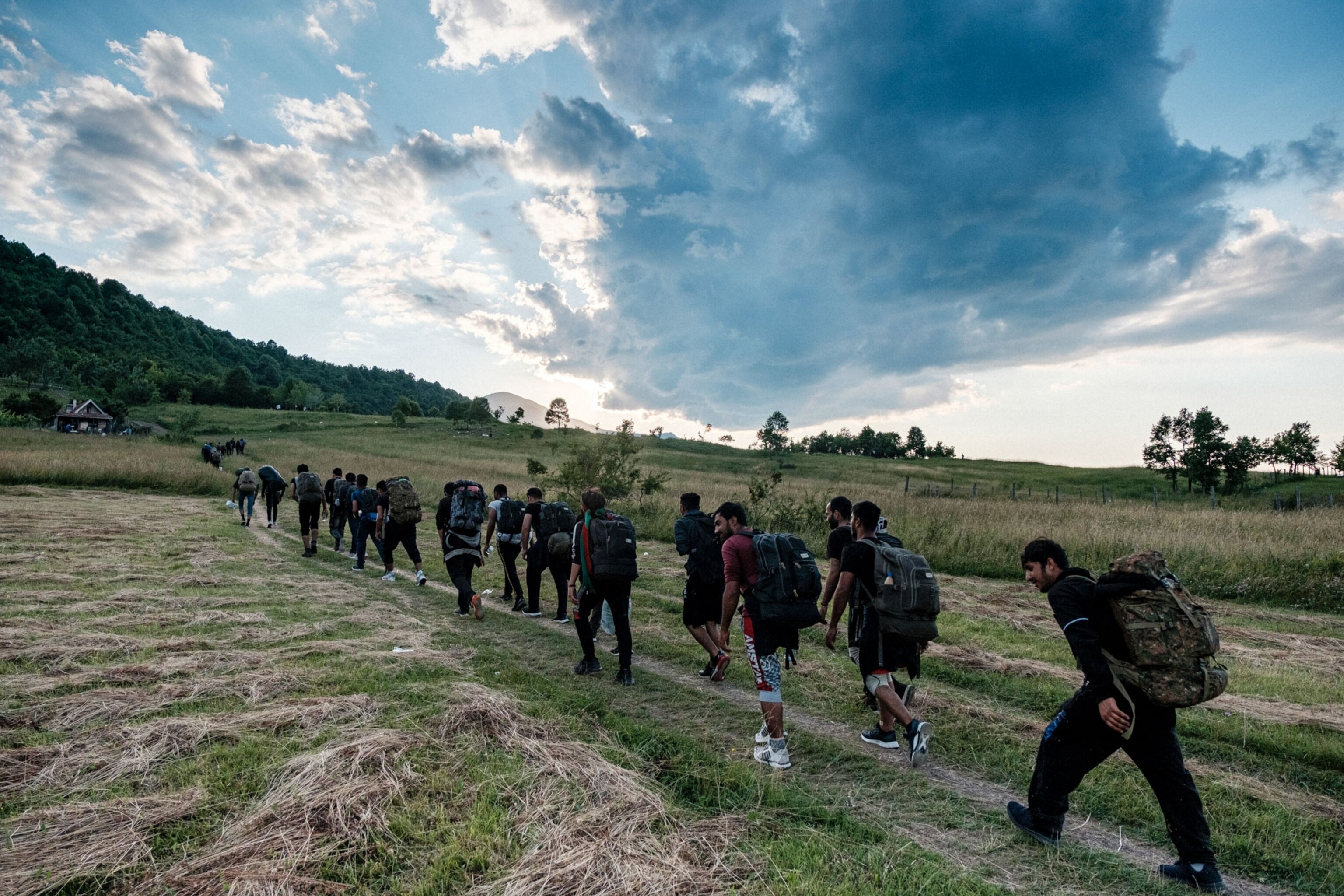
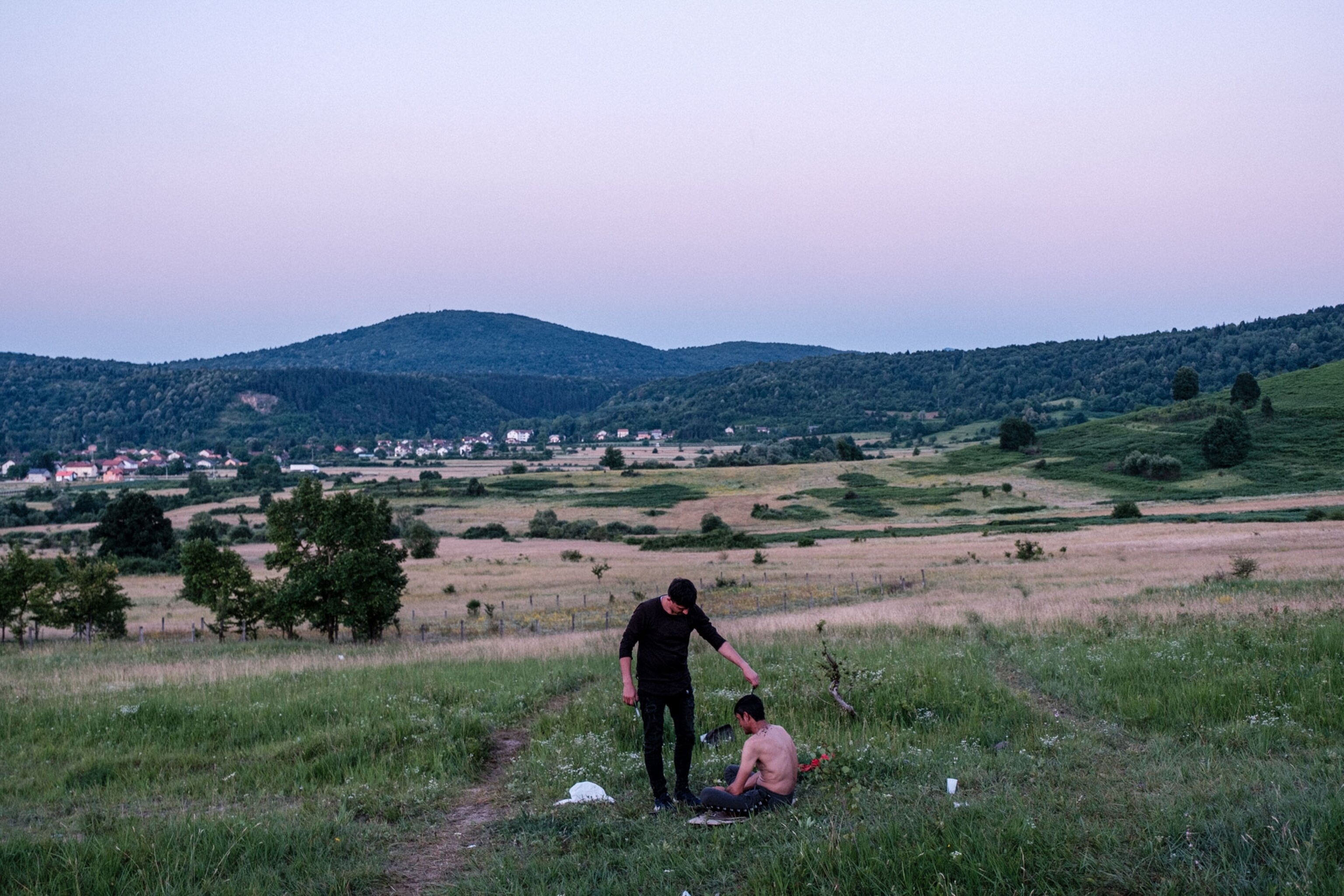
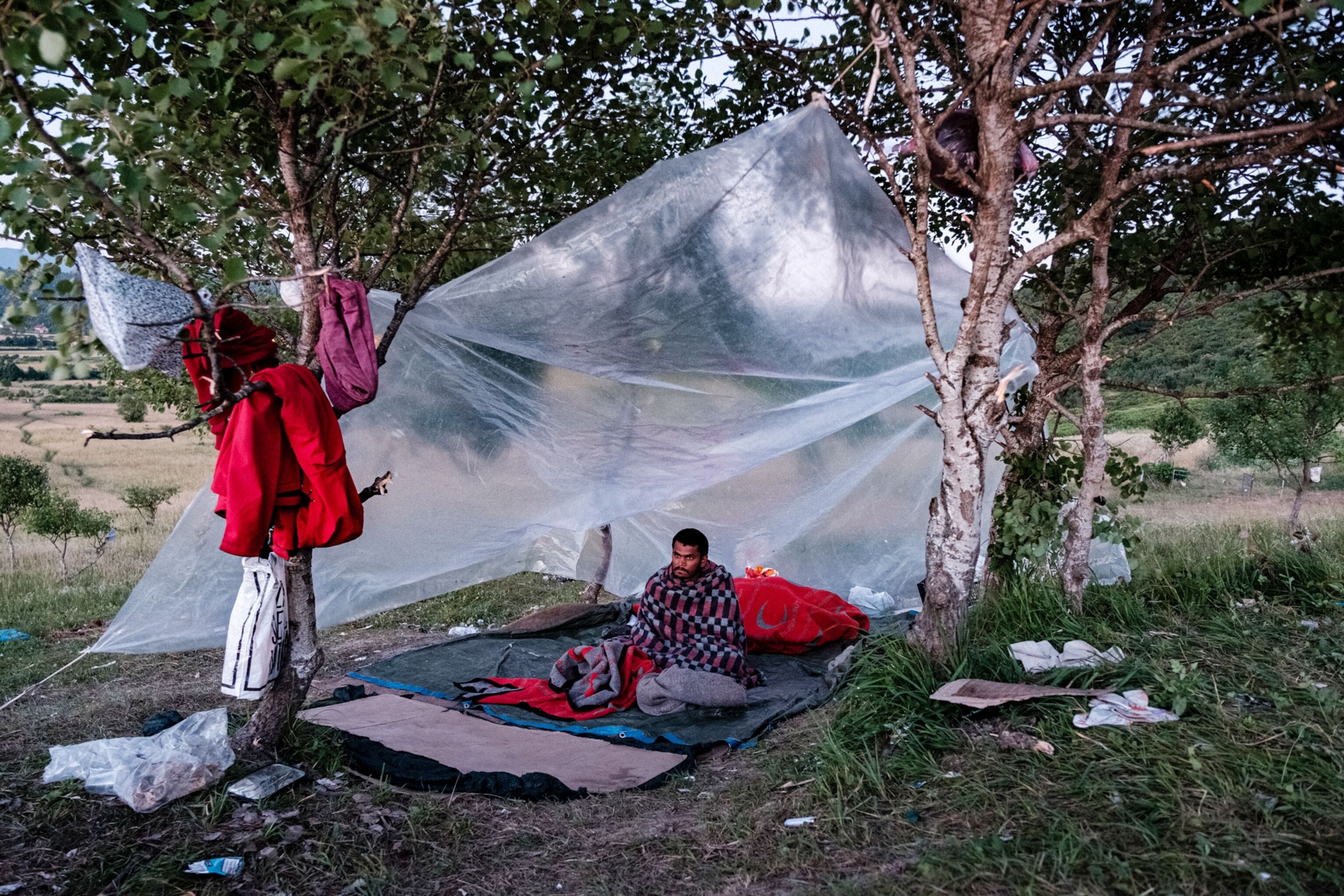
Since then, Bosnia has seen around 70,000 refugees and migrants pass through. Gafic has met some who have walked from Bosnia to Italy multiple times, undeterred by being caught and sent back, or by the dangers and steep price of transport. Now, as the country goes through a third spike of COVID-19 infections, political and public tensions over the migrant and refugee population are high.
“Throughout history this country has been a place of leaving, and now suddenly we’ve become a gatekeeper for the European Union,” says Gafic. “It’s sort of poetic. But I think we’re doing a poor job in any capacity of providing basic safety for those people. It’s like purgatory. You just stay here and wait for the opportunity to get across.”
Due to the pandemic, the number of arrivals was cut in half between 2019 and 2020, according to the International Organization for Migration (IOM). Still, the country’s five reception centers are full, housing around 4,700 migrants, refugees, and asylum seekers (all of whom fall under different categories of international law).
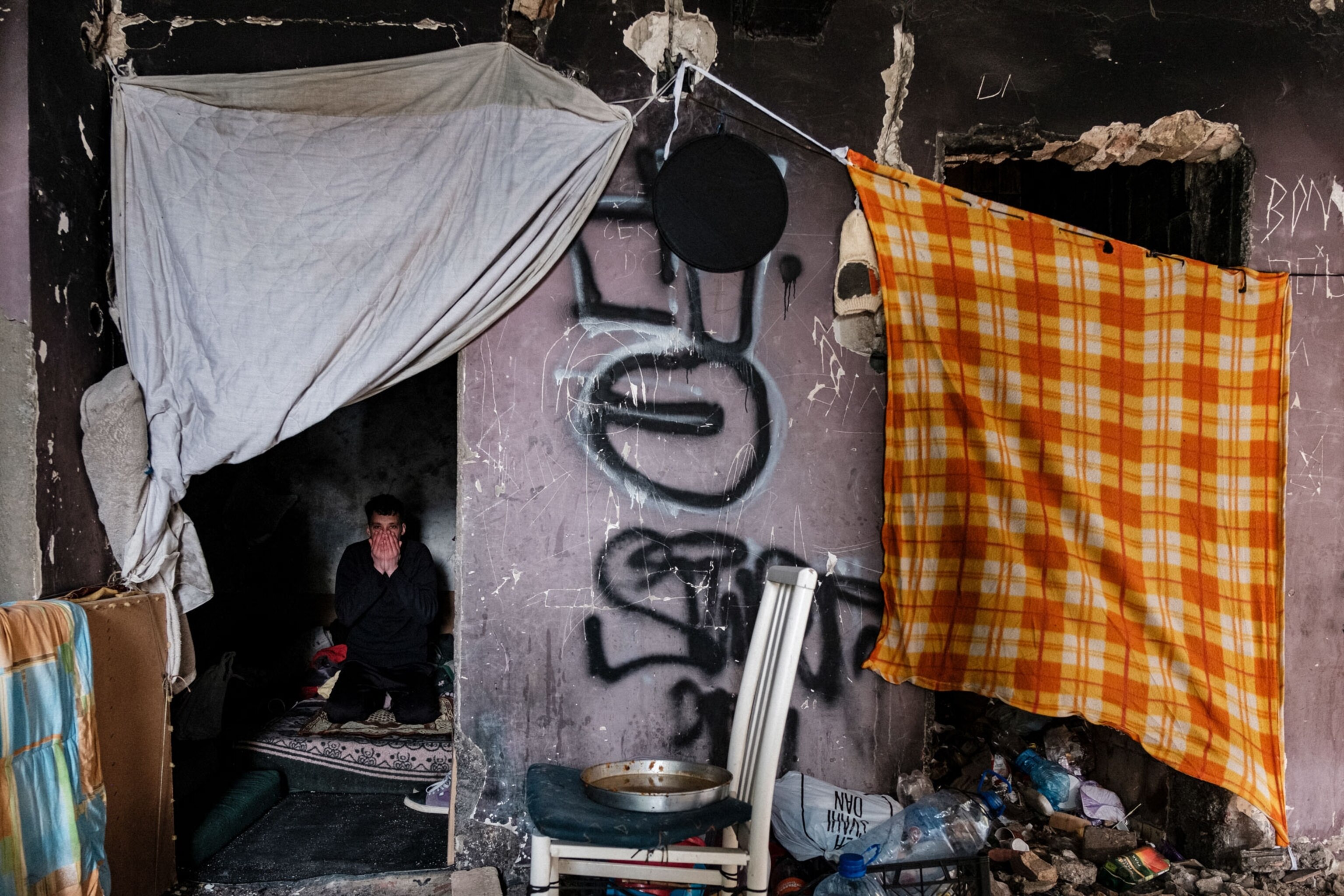
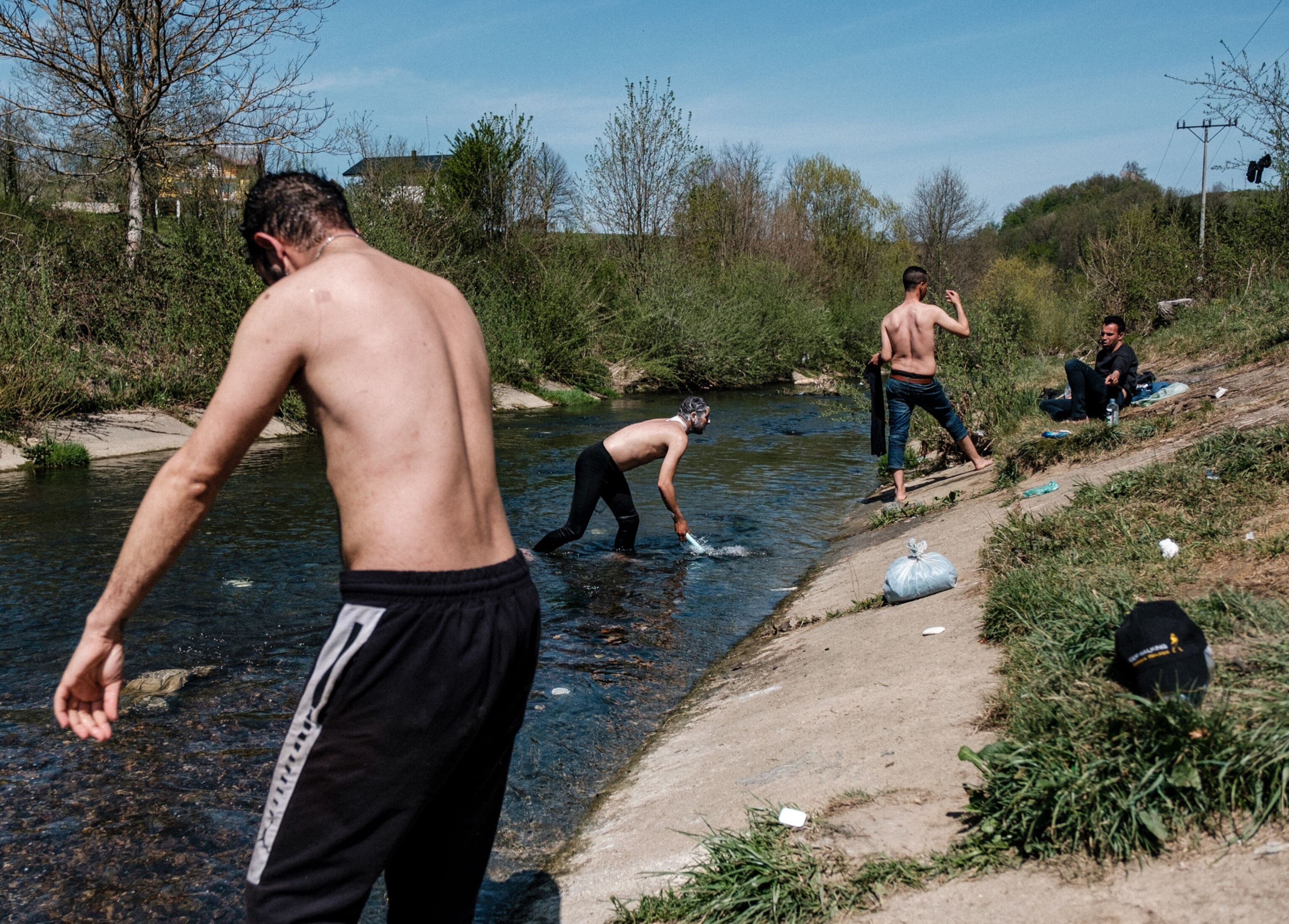
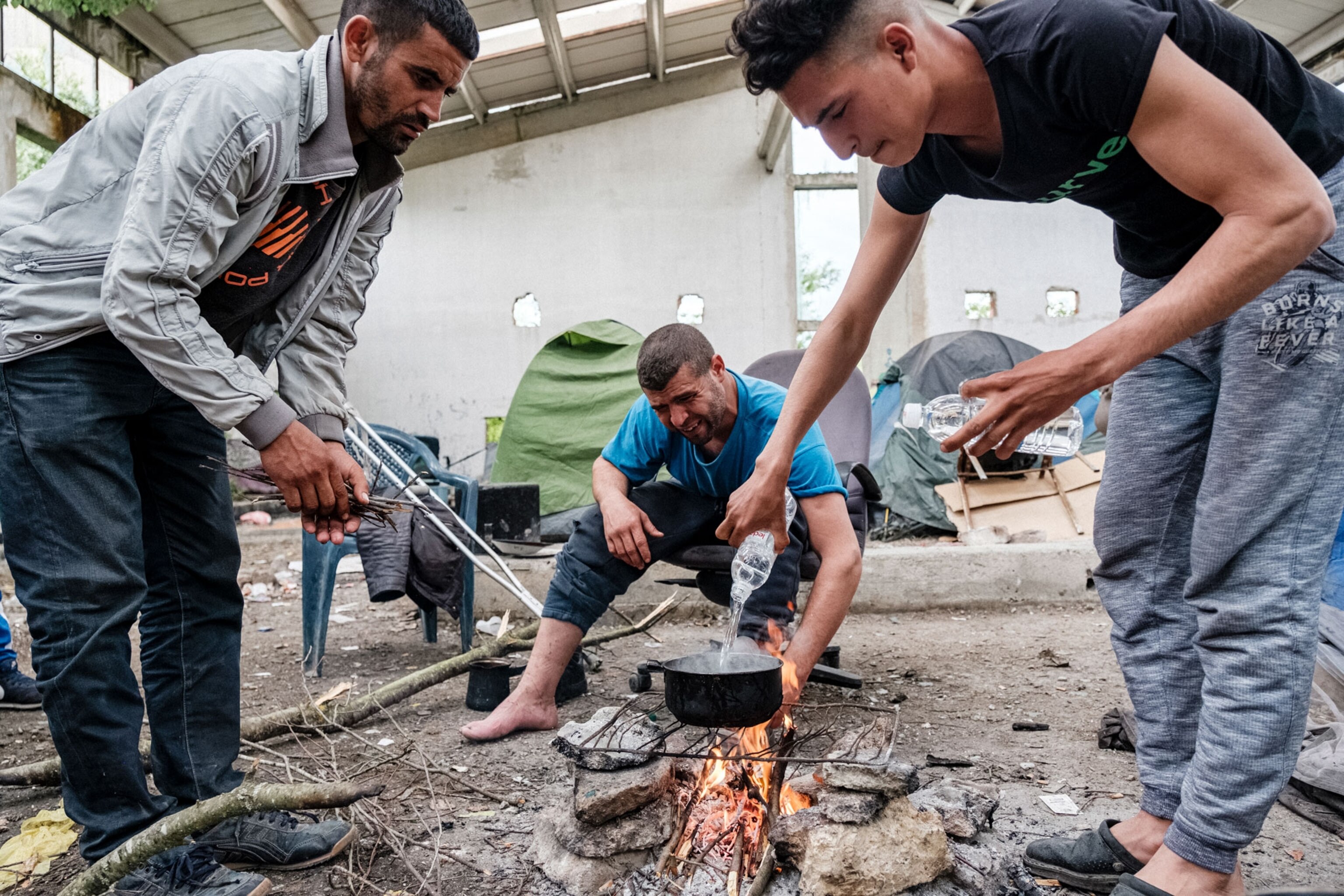
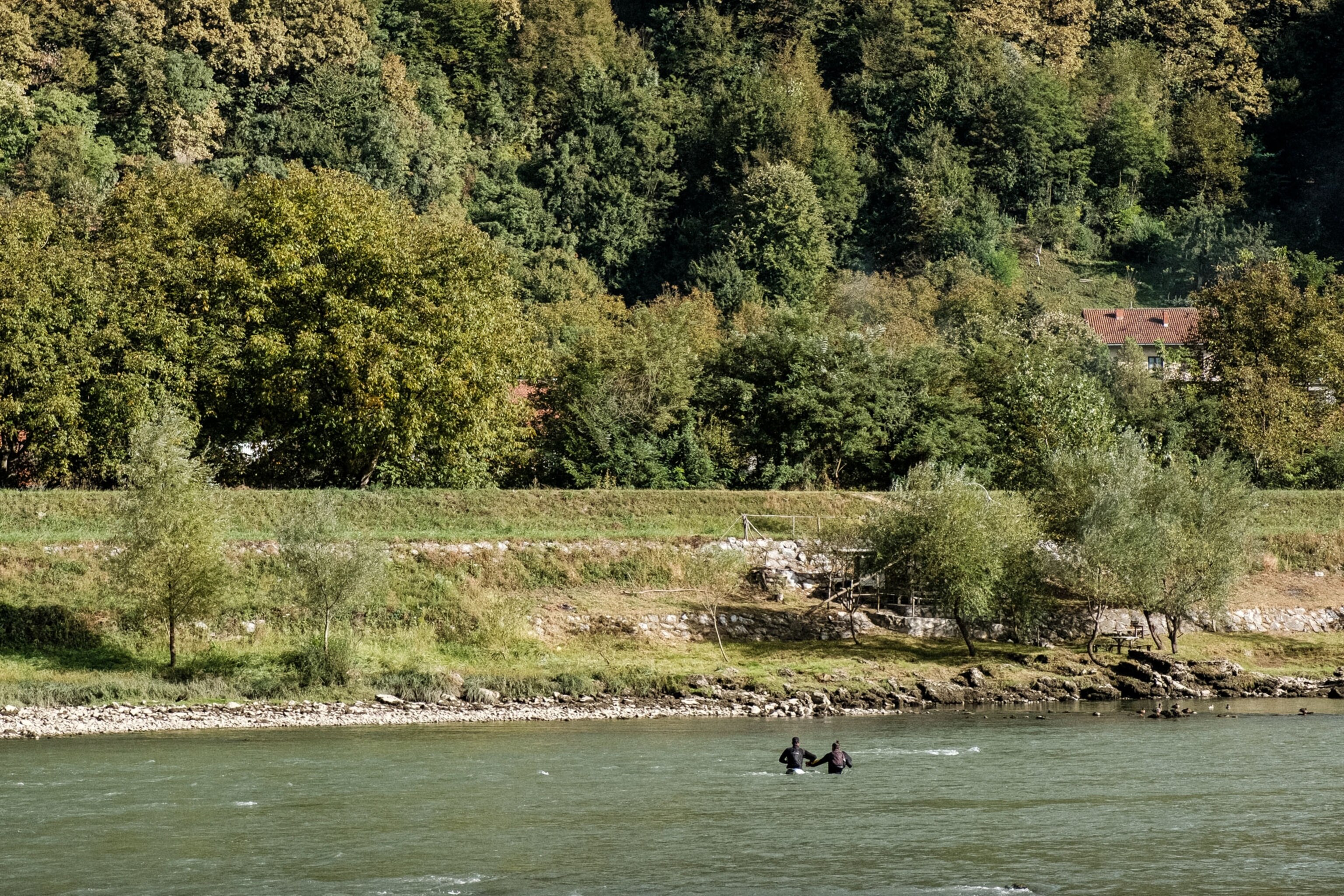
The numbers are small, but in Bosnia, the crisis is exacerbated by a complicated system of governance. Since the fracturing of Yugoslavia in the 1990s, the country has been divided into two largely autonomous entities, each with its own president and lawmaking body. The presidency rotates every eight months between members of the three main ethnic groups. This power-sharing arrangement, which was put in place by a peace agreement in 1995, slows down decisive action. (See the shifting waves of human migration over the past 50 years.)
“The complexity of the situation in Bosnia makes the response particularly difficult,” says Laura Lungarotti, the chief of mission for IOM in Bosnia and Herzegovina. “People erroneously call it a migrant crisis, but it’s not crisis as such—what makes it urgent and compelling is that there is as of now no clear system or integrated strategy that makes sure that everyone’s needs and rights are fully met.”
Everything from the location of the migrant reception facilities to the medical care provided has ruffled political tensions and deepened divisions. “When it comes to this issue, it’s as divided as the country is divided,” says Lungarotti.
A third wave of COVID-19 infections in Bosnia has stretched hospital capacity to the limit. With a death toll of 7,000 in a population of 3.3 million, it is one of Europe’s worst hit countries. Despite strict prevention measures in place at the reception centers, 147 residents last month tested positive for COVID-19 within a two-week time frame, according to the Associated Press. Nearly all were asymptomatic and were moved into quarantine.
Lungarotti fears that the recent outbreak could turn public sentiment against the newcomers. “We shouldn’t be looking at migrants, refugees, or asylum as carriers of the virus,” she says. “The virus touches them like anyone else in the country.”
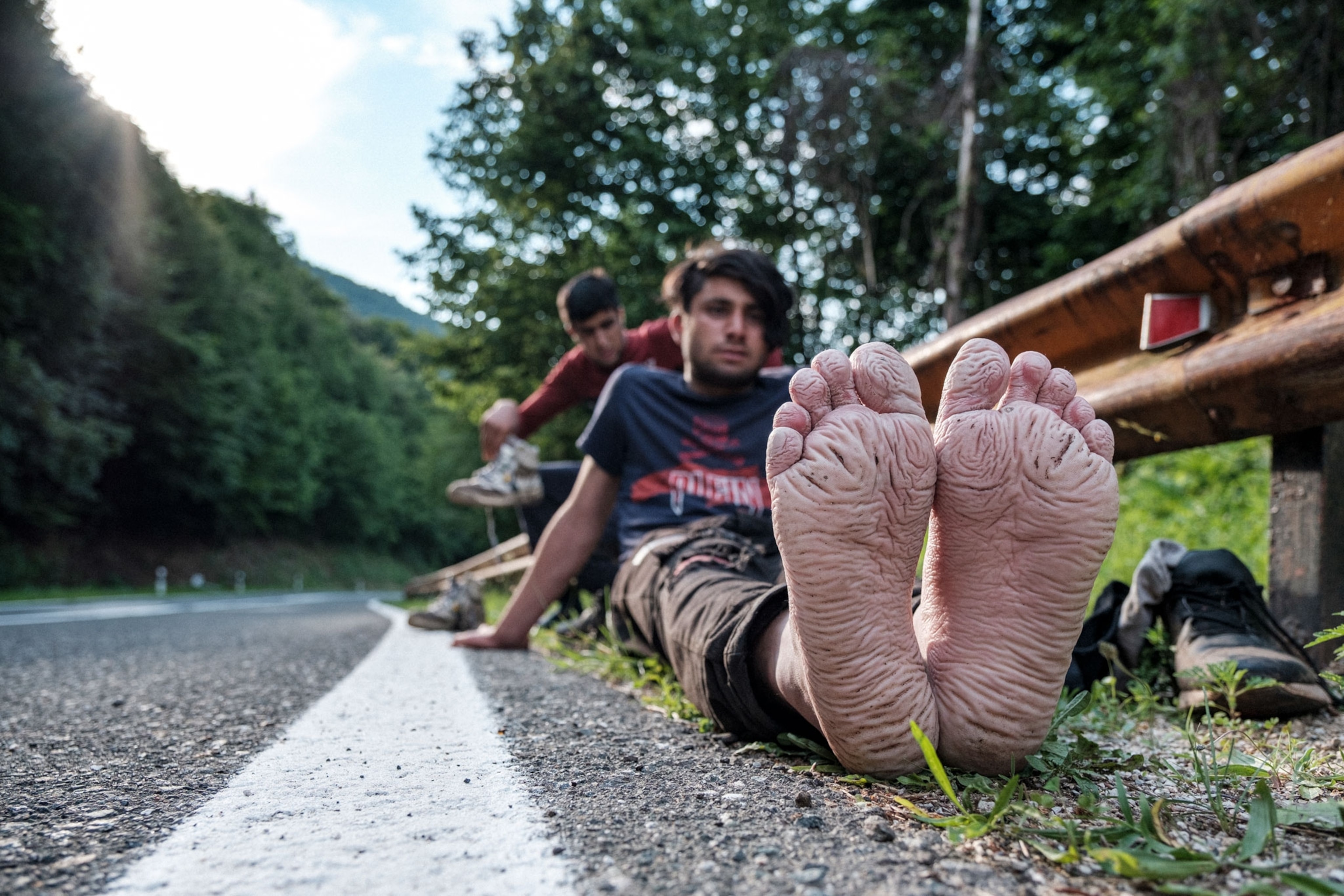
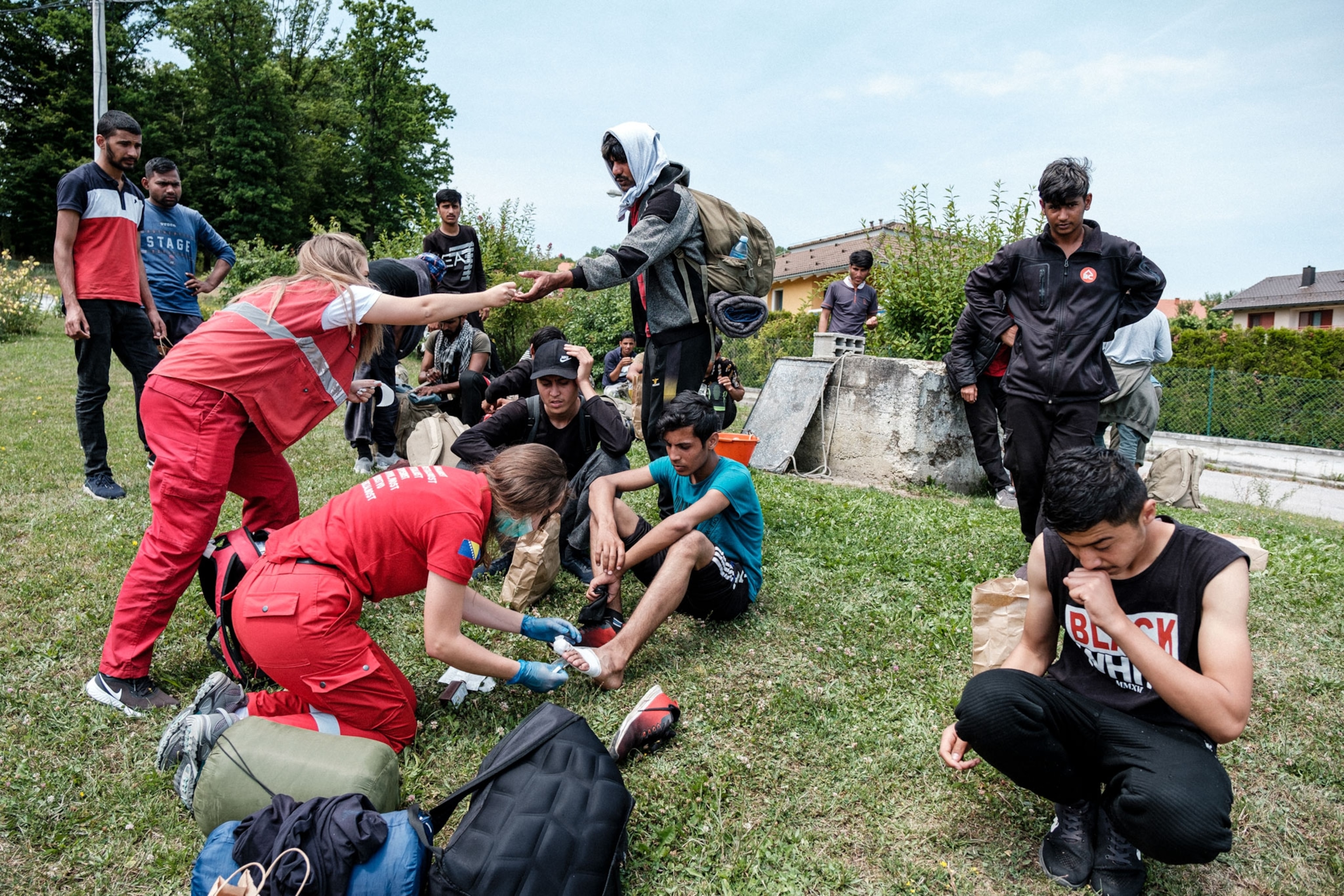
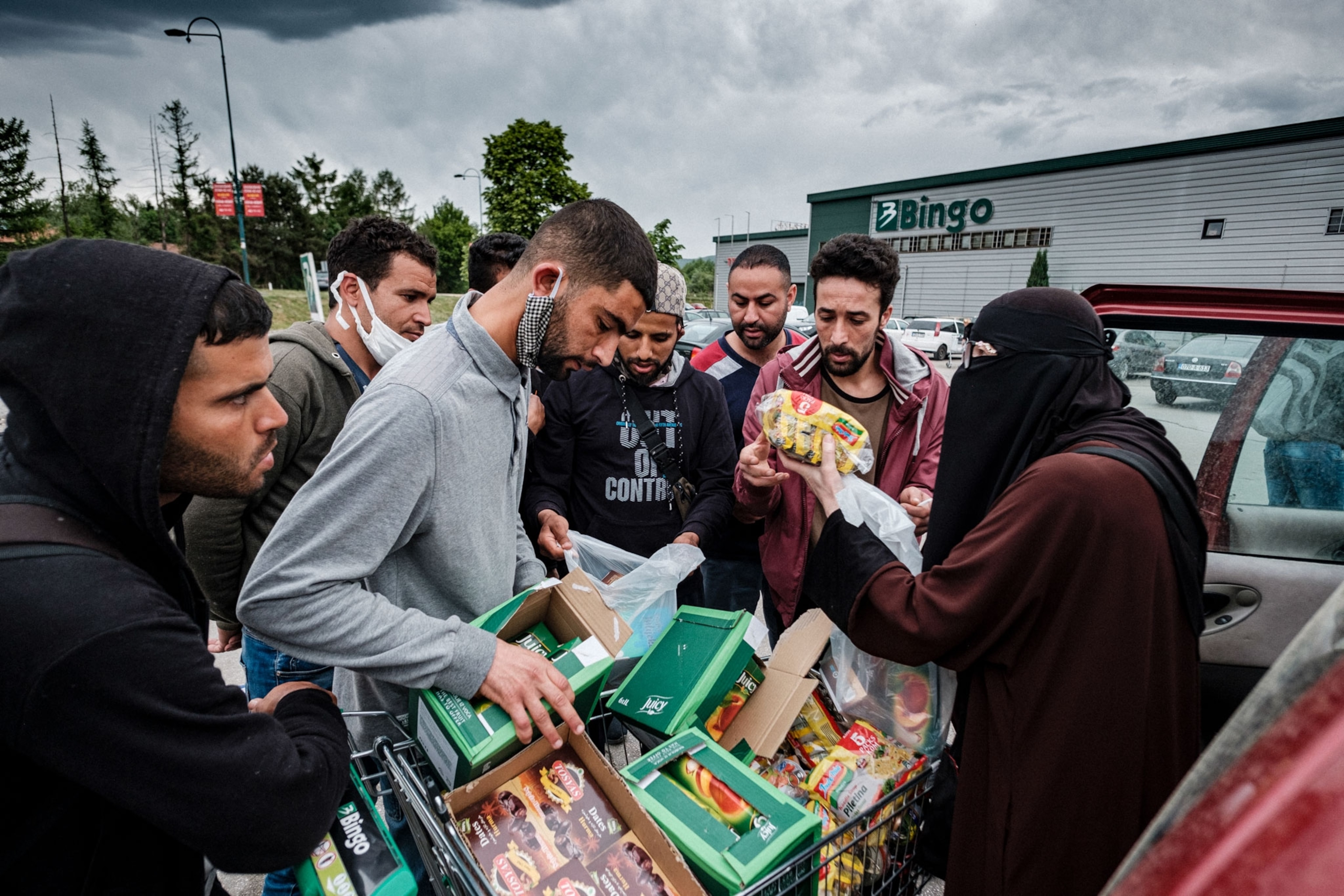
For the estimated 1,700 people who live outside the centers, life in Bosnia is even more tenuous. They camp in abandoned buildings, bathe in rivers, and cook over open fire. The conditions—and the failure of authorities to address them—have been widely criticized by human rights organizations. To Gafic, who has photographed refugee crises around the world, these squalid, and, in the winter, freezing cold, encampments resemble the Afghan refugee camps in Peshawar, Pakistan, or Cox’s Bazaar in Bangladesh.
Gafic was 12 when Yugoslavia began to fracture in the early 1990s. His parents fled Bosnia with him in tow, and the family traveled as refugees into Macedonia, Croatia, Hungary, and Italy for 18 months. Around 2.7 million other Bosnians like Gafic were displaced from their homes during that time. But he finds that even among his friends, empathy for those escaping poverty and far-away conflicts is scarce.
“This sensation of being uprooted is very hard to get rid of,” says Gafic. “It becomes part of your mindset, being on a journey constantly. Some of these people have been on the road for 6, 7, 8 years. For me. it’s very easy to relate to their situation. I was hoping this country would respond in the same way.”

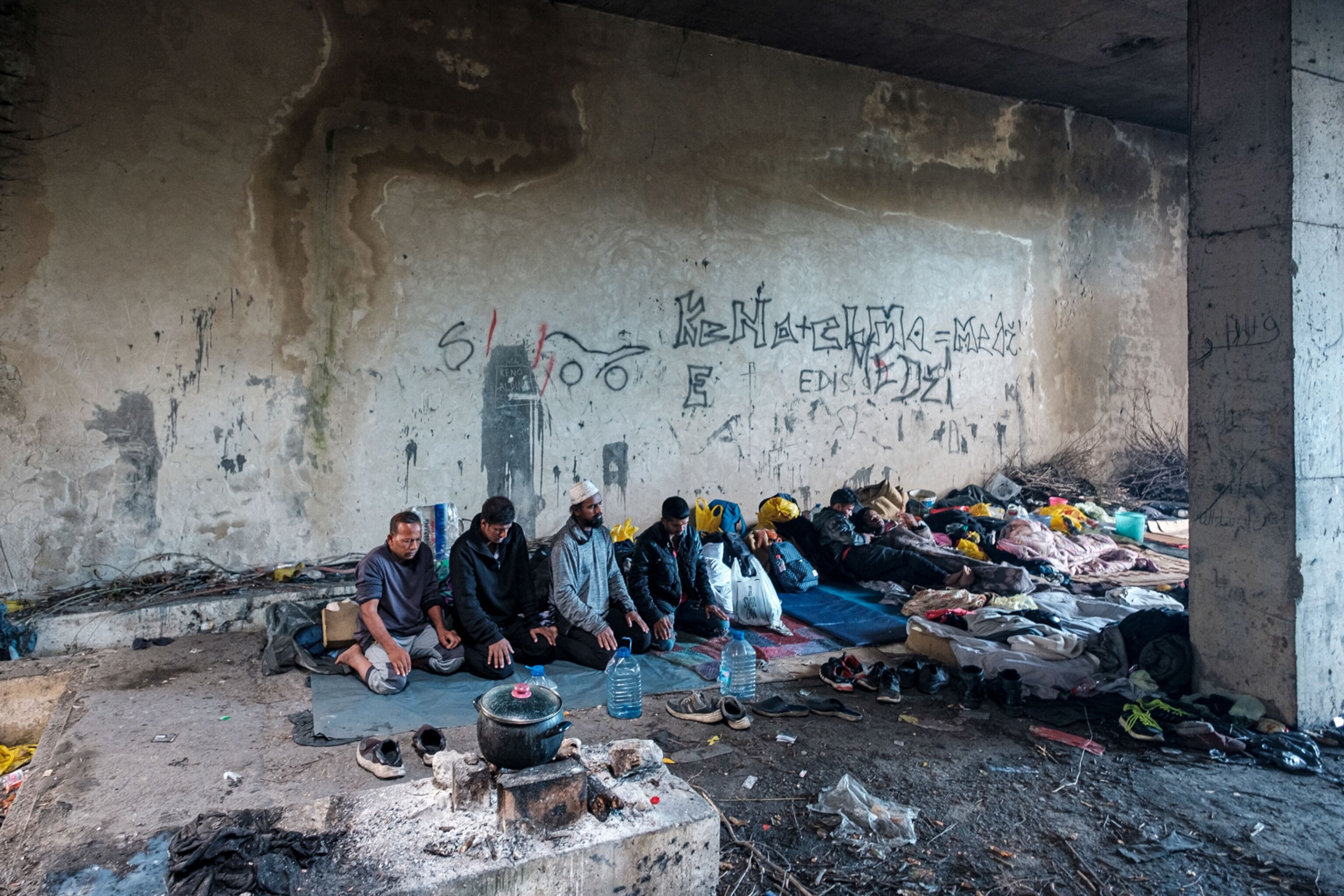
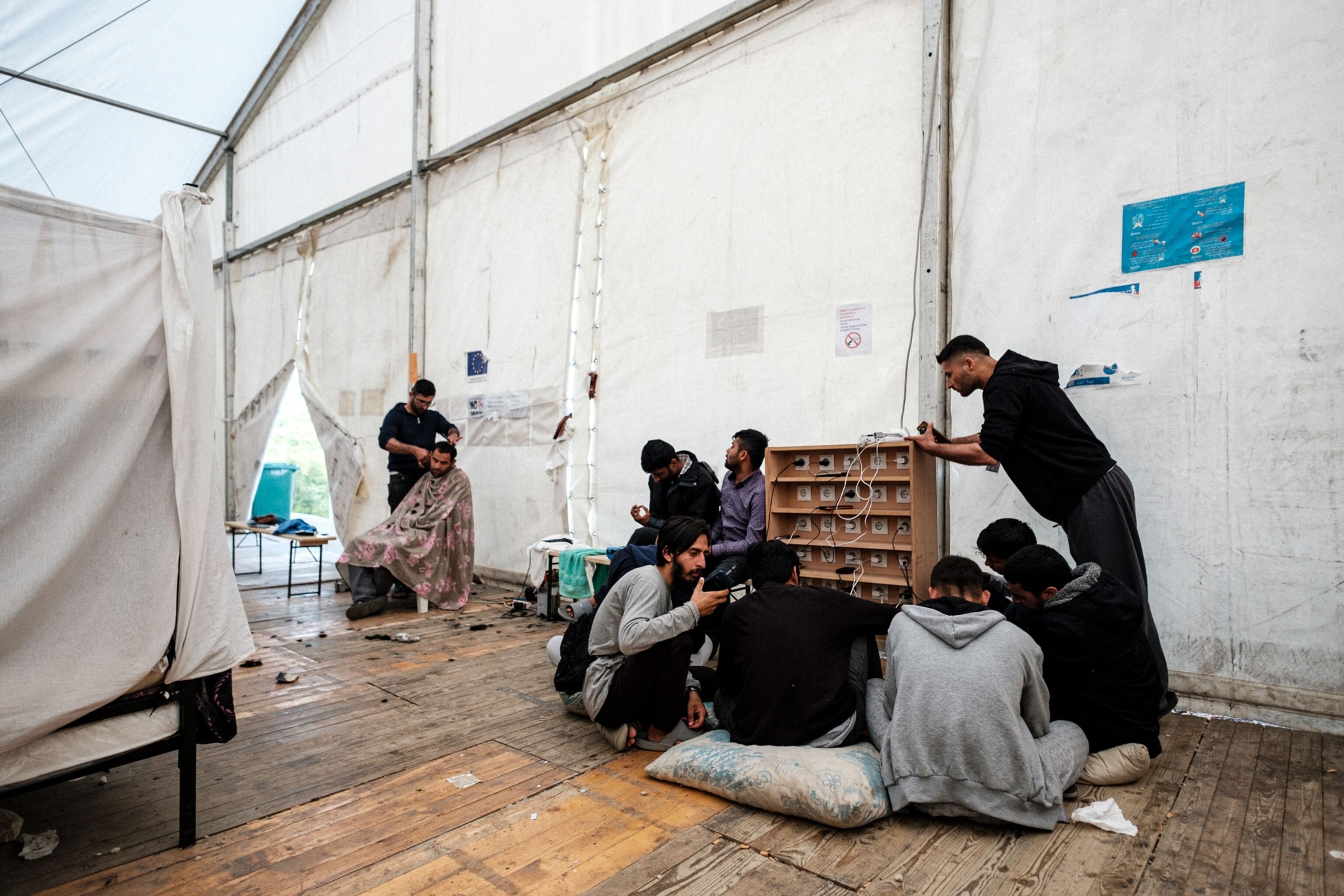
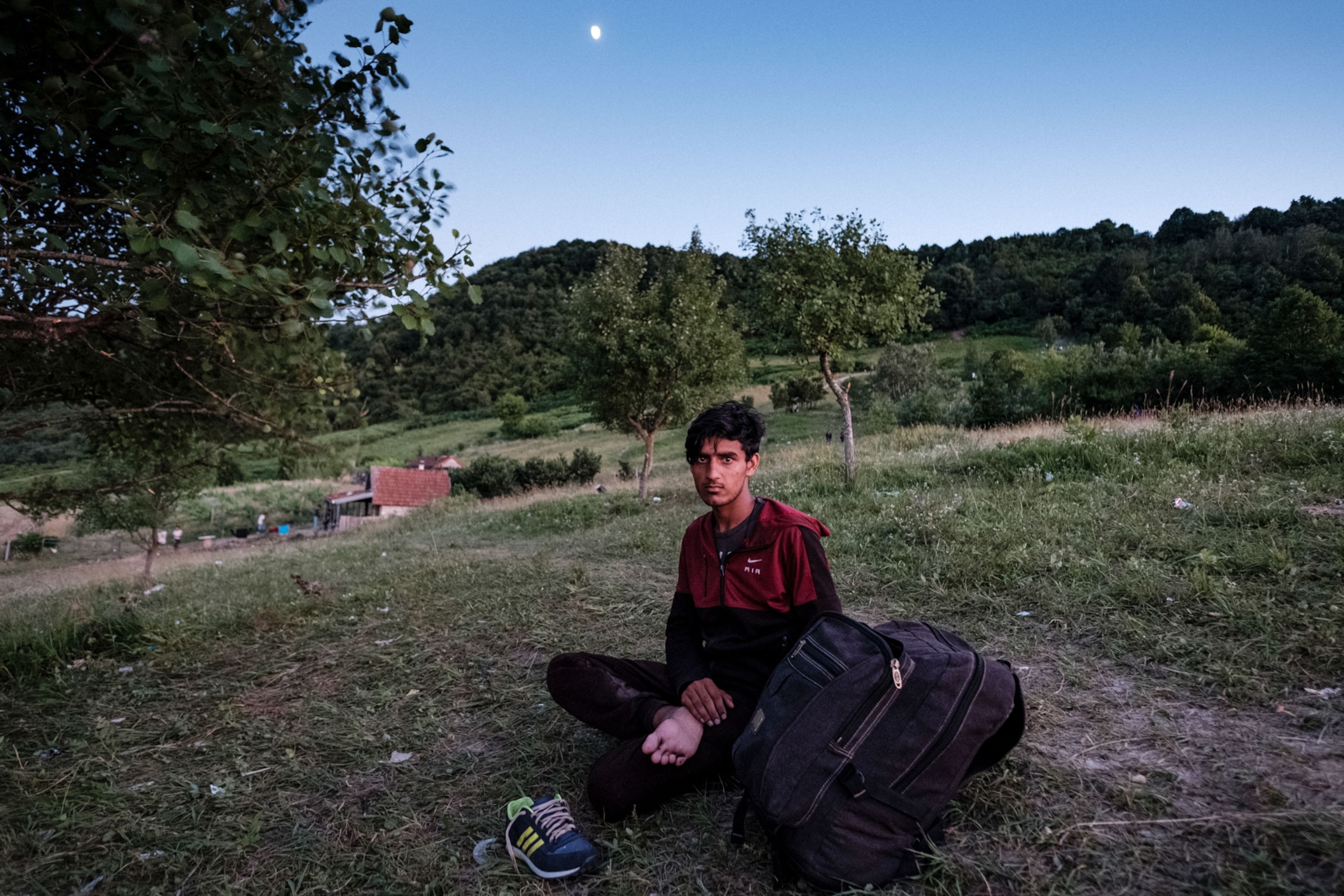
In one reception center, Gafic met Safi, a 28-year-old who left Afghanistan after his father, a police officer, was killed by the Taliban in the stronghold region of Kunduz. In Bosnia, he was helping translate between English and four or five other languages he speaks.
Safi is a rare migrant who has decided to stay in Bosnia and request asylum. To most passing through, Bosnia remains a transit country. Lungarotti says this is because it has a reputation for being slow and disorganized, and migrants become disillusioned. Instead, they hold on to dreams of getting to Italy, Germany, or Sweden. For them, those countries are the way to win the game. (Here's how the latest great wave of migration is reshaping Europe.)
It wasn’t so long ago that native Bosnians had similar aspirations. With starvation, ethnic cleansing, and sexual violence at their heels, the war in the nineties sparked the largest European refugee crisis since World War II.
“This was always a place from which people would leave, both because we historically had wars but also for economic reasons,” says Gafic. “It’s been like that since 15th century. Given the effort that other countries made, the help they provided us when we were in dire straits, I was expecting some return payment from this country.”
Ziyah Gafic is an award-winning photojournalist based in Sarajevo. See more of his work on his website or by following him on Instagram @ziyahgafic.
This work was supported in part by the National Geographic Society's COVID-19 Emergency Fund for Journalists and the Pulitzer Center for Crisis Reporting.




